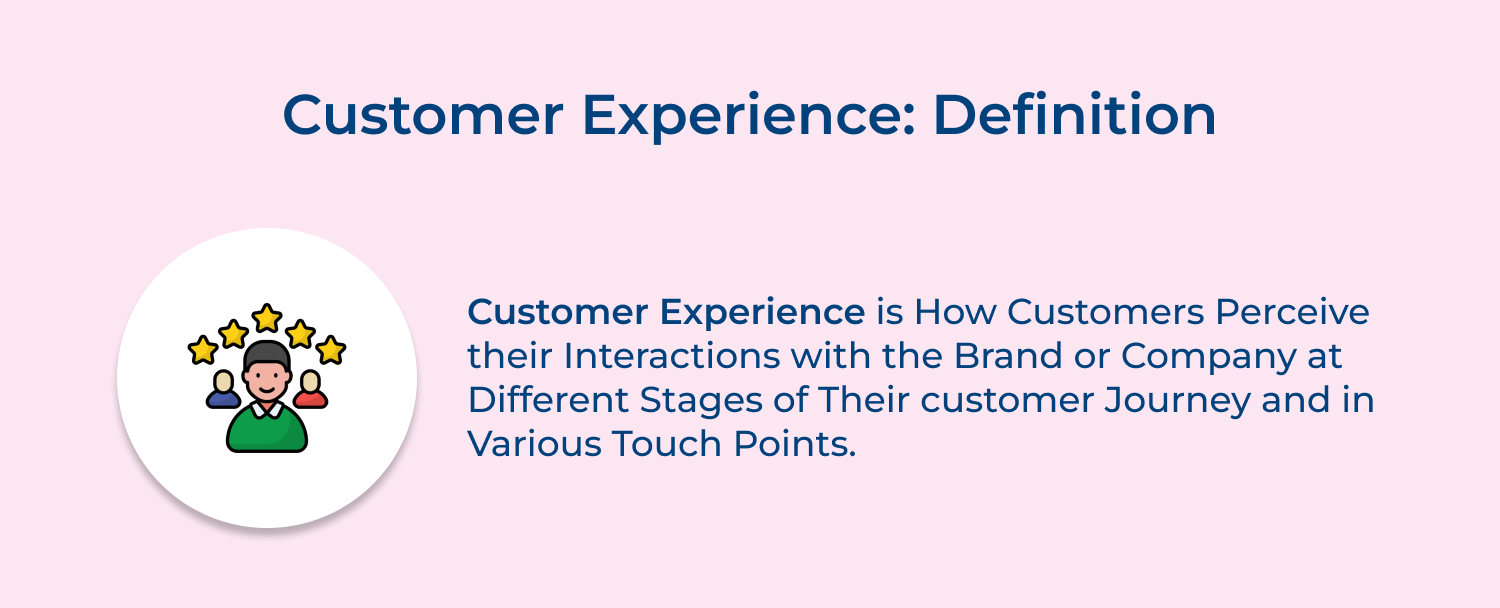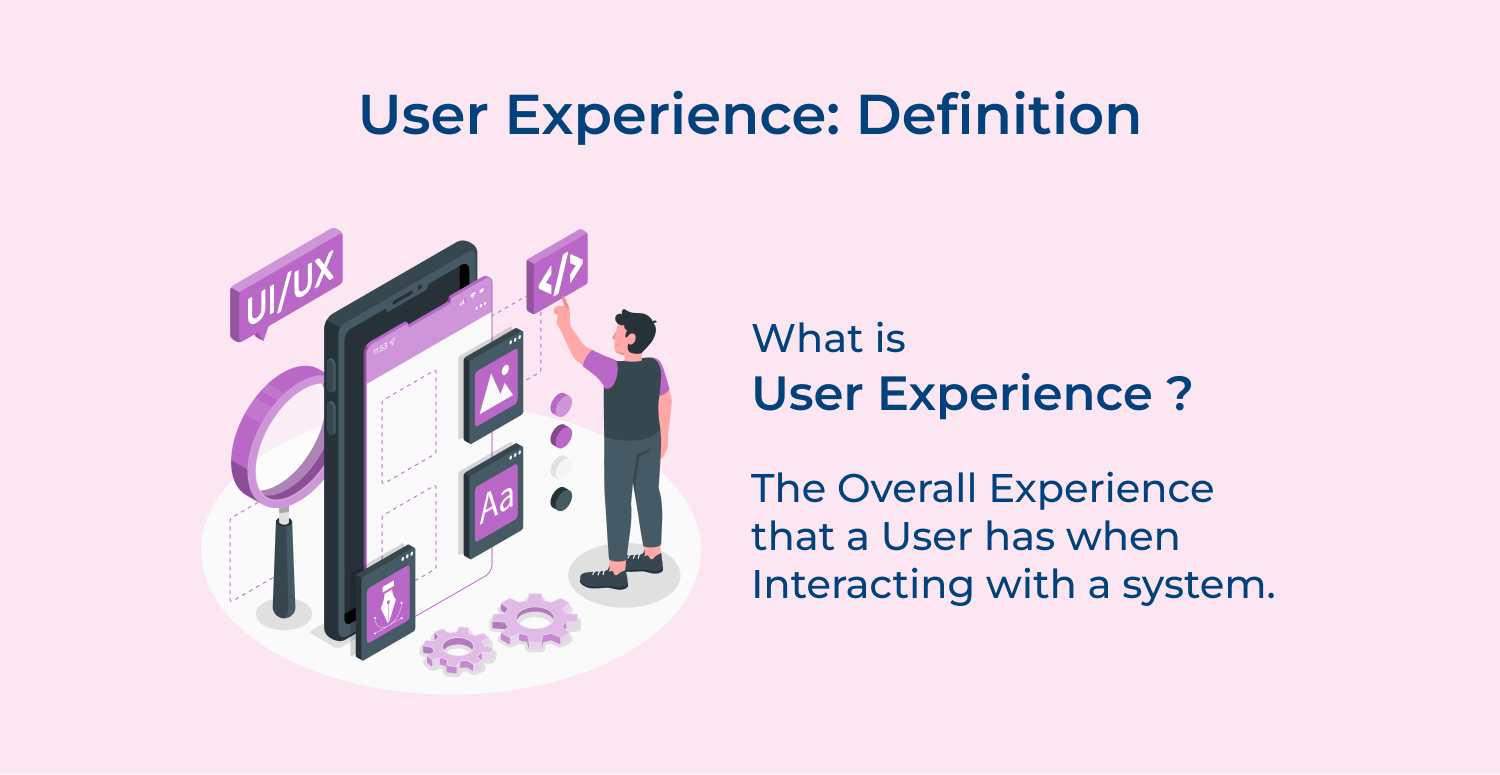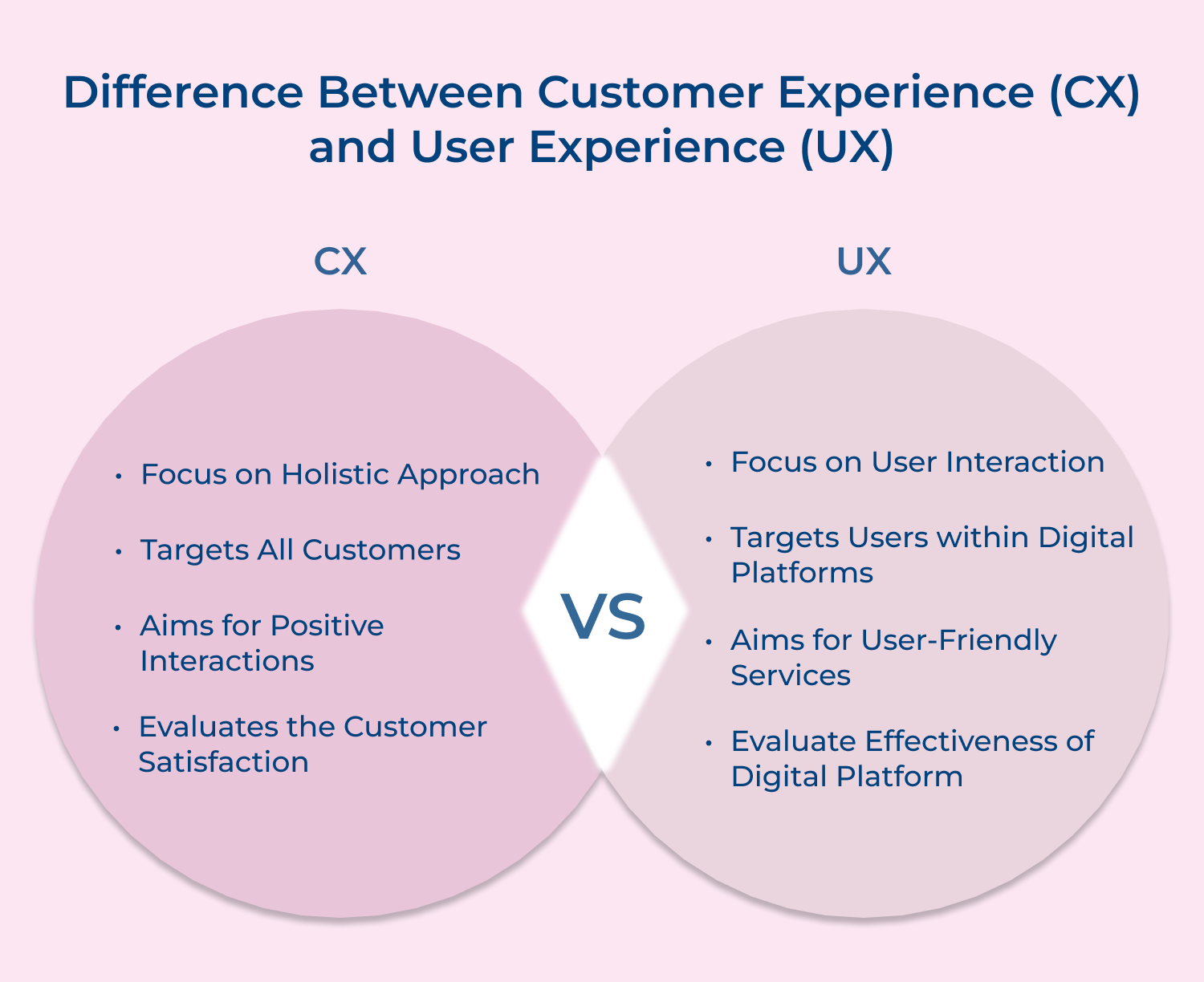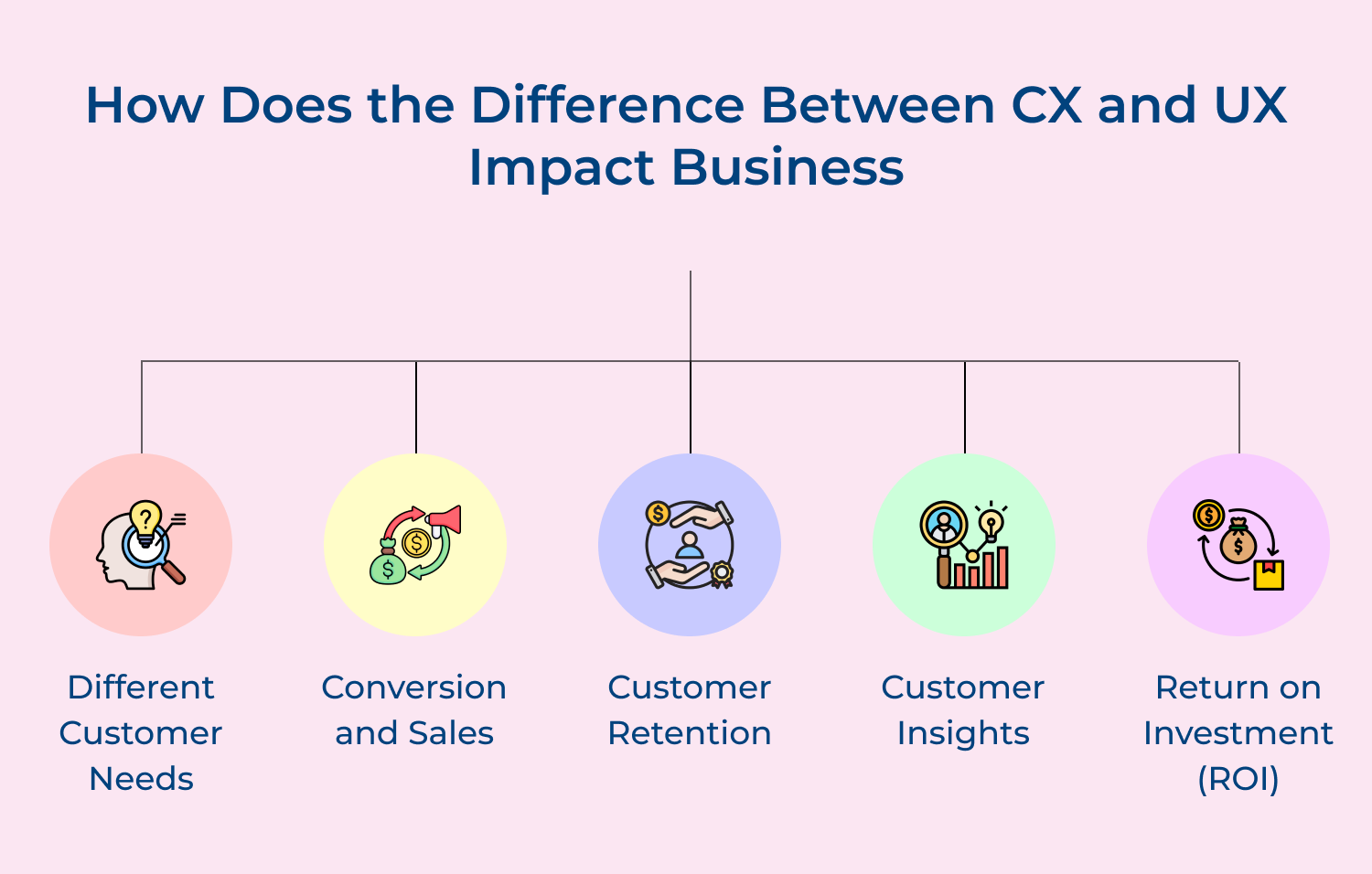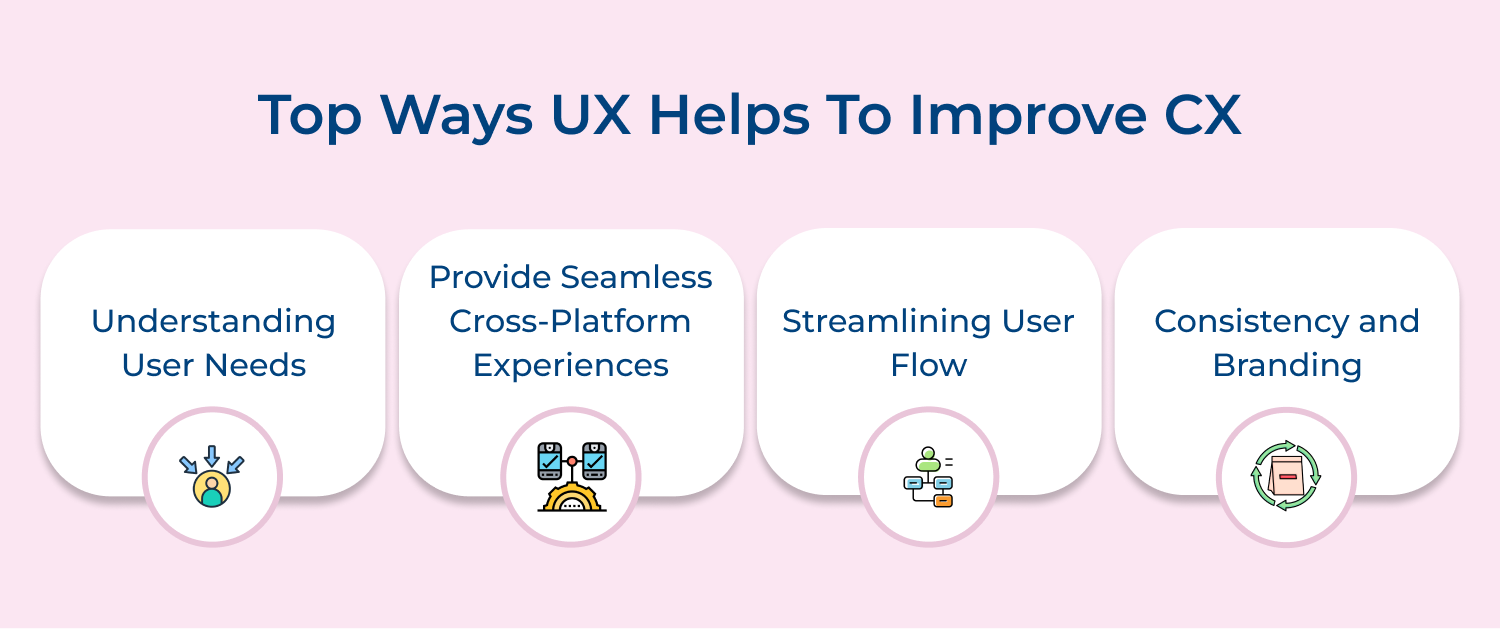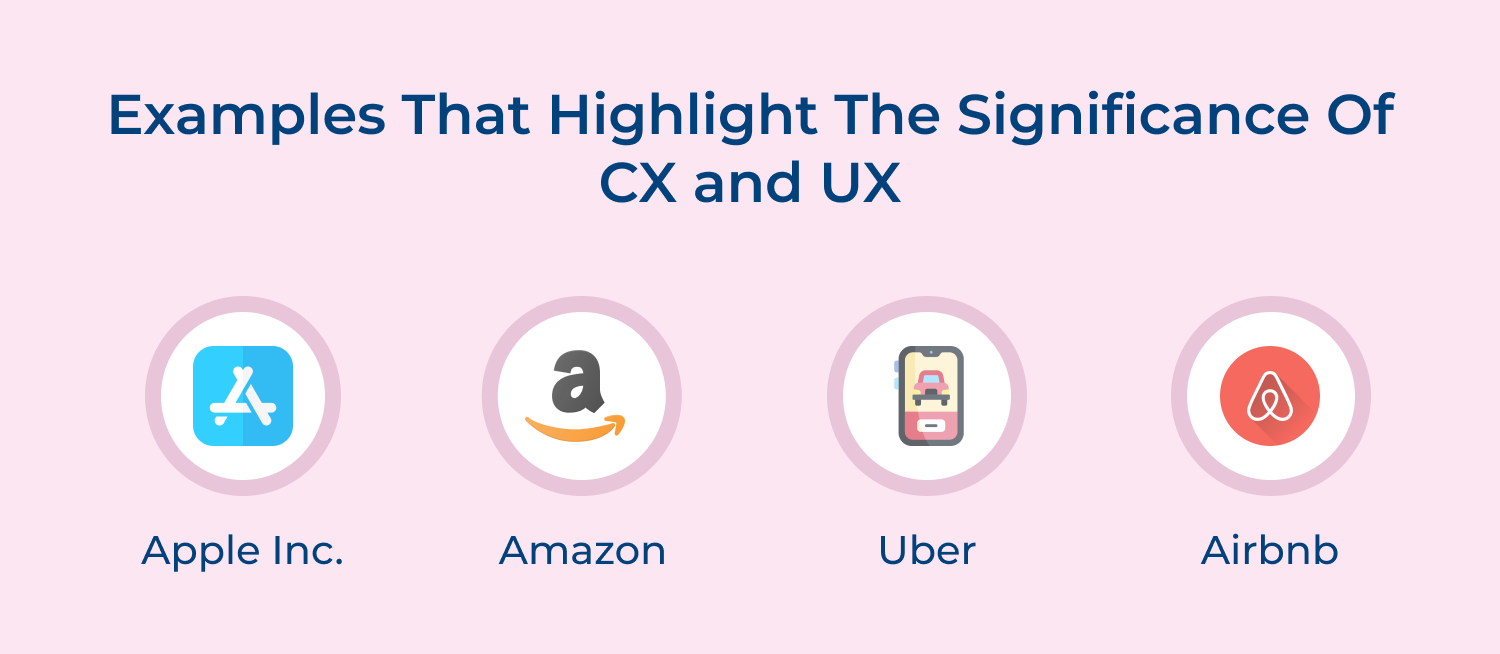1. Approach and Focus
Customer experience is a holistic approach that aims to create a positive as well as consistent experience across various departments, channels and stages of the customer journey. It takes into account factors such as customer service, brand reputation, product quality and ease of doing business.
User experience focuses specifically on the interaction and satisfaction of users when engaging with a digital product or service. Whether it’s a website, app, or software, UX is concerned with providing users a seamless, intuitive and enjoyable experience. UX aims to anticipate user needs, eliminate pain points, all while optimizing the overall usability of a digital product.
2. Audience Base
Customer experience primarily focuses on the overall experience of customers throughout their entire journey with a brand. It considers the interactions as well as touchpoints a customer has with a company, both online and offline. The target audience for CX includes all customers, regardless of their level of interaction with digital platforms.
User experience centers on the interactions and experience of users specifically within digital platforms, such as websites, mobile apps or software. The target audience for UX is primarily focused on the users who engage with these digital products and services.
3. Key Goals and Objectives Delivered
The goal of customer experience is to create positive interactions and relationships with customers, ensuring their satisfaction, loyalty, while ultimately driving business growth. CX aims to provide a seamless and consistent experience across all channels, aiming to exceed customer expectations.
User experience is centered around making digital products or services user-friendly, intuitive, and enjoyable to interact with. The objectives of UX include improving usability, navigation and accessibility of digital platforms, ultimately enhancing the overall satisfaction as well as engagement of users.
4. Metrics and Measurements
Customer experience is often measured through metrics such as customer satisfaction scores (CSAT), Net Promoter Score (NPS), customer retention rate and customer lifetime value. These metrics help businesses evaluate the overall satisfaction as well as loyalty of their customers.
User experience is assessed through various metrics related to usability, such as task success rates, error rates, time on task and user engagement metrics like click-through rates as well as bounce rates. These measurements help organizations understand how effectively their digital platforms are meeting the needs and expectations of users.
How does The difference between CX and UX Impact Business
Customer experience and user experience are two aspects that directly impact the success of a business. Let’s explore how the differences impacts business in the larger perspective:
